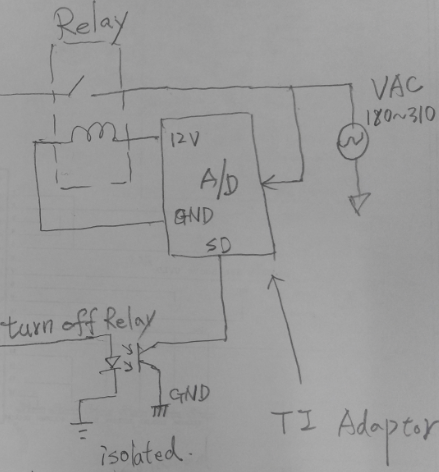Other Parts Discussed in Thread: UCC28881, UCC28880,
Hi Team,
TI A/D Converter can implement enable/inhibited by external component ?Shut off PWM is better, since concern power consumption.
Current we survey UCC28881 and UC28910 but has no idea to implement enable/inhibited?
Output 12VDC / 2W-4W.


